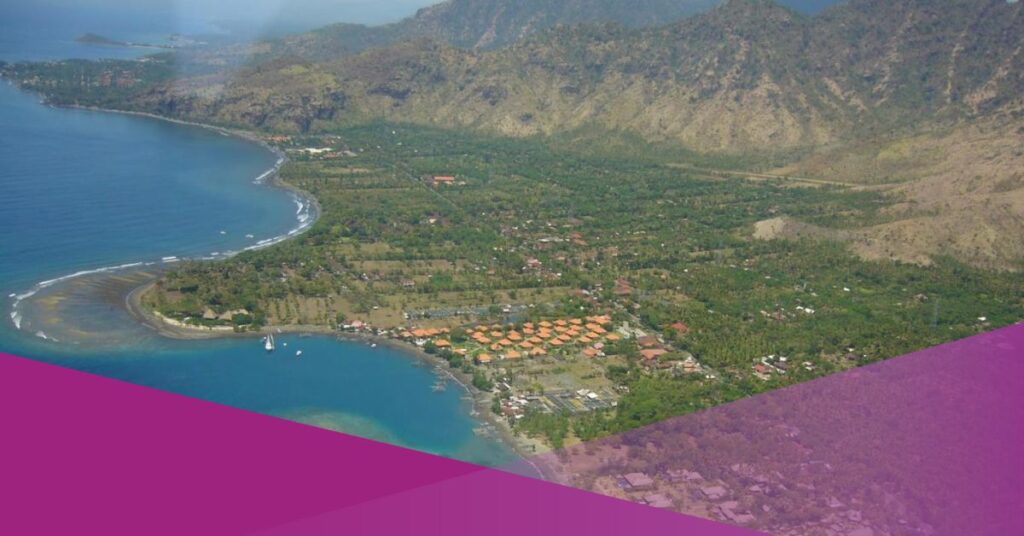A breath of fresh air awaits travellers heading to Bali. Bali ranks first as Indonesia’s most smoke-free province, according to Central Statistics Agency (BPS) data.
In 2025, 80.84% of its residents are non-smokers. This far exceeds the national average of 70.71%. Bali sets an example for clean living and healthier lifestyles across the archipelago.
This smoke-free environment is also influencing travel trends.
When seeking relaxation and wellness, more visitors now consider air quality. Thus making destinations like Bali especially appealing.
Here, tourists can enjoy exploring beaches, rice terraces, and mountain trails while feeling more refreshed. The province’s top ranking further underscores both a rise in health awareness and the government’s ongoing push for clean public spaces and healthy lifestyles.
“Bali’s achievement demonstrates strong community awareness of smoking’s dangers,” a BPS report said.
The data highlights the impact of education and strict regulations, especially around schools, tourist sites, and public buildings in creating this positive outcome.
The 10 Most Smoke-Free Provinces in Indonesia
The BPS report also lists the ten provinces with the highest non-smoking rates in 2025.
After Bali, Yogyakarta comes second at 76.63%. South Kalimantan follows at 76.51%, East Kalimantan at 76.49%. South Sulawesi is fifth, with 75.5% of its population being non-smokers.
Here’s the full list of the top ten most smoke-free provinces:
1. Bali – 80.84%
2. Yogyakarta Special Region – 76.63%
3. South Kalimantan – 76.51%
4. East Kalimantan – 76.49%
5. South Sulawesi – 75.5%
6. Riau Islands – 74.97%
7. Southeast Sulawesi – 74.49%
8. DKI Jakarta – 74.46%
9. North Kalimantan – 73.79%
10. West Sulawesi – 73.55%
These figures come from the BPS’s 2025 People’s Welfare Statistics Report. The report covers those aged 15 and over who smoked tobacco in the past month. It defines tobacco smoking as burning tobacco and inhaling its contents by cigarette or pipe.
The rising non-smoking rates highlight changing habits, particularly among younger generations, who are showing greater concern for health and fitness.
E-Cigarettes: Emerging but Still Minimal
While conventional smoking rates continue to drop, vape and e-cigarette use is slowly increasing, though still minimal in most regions.
The BPS data shows South Papua has the lowest e-cigarette use at 0.12%. Bangka Belitung Islands (0.14%) and Bengkulu (0.18%) are the next lowest. Other provinces with low use include Gorontalo (0.21%), East Nusa Tenggara (0.30%), and West Nusa Tenggara (0.31%).
Banten has the highest estimated e-cigarette use, at 0.37%. Although small, these numbers are based on respondents aged 15 and over who may use e-cigarettes daily, according to BPS.
These tobacco usage trends serve as key public health indicators. Not only do they reflect evolving lifestyles and effective policies, but they also highlight how top-performing provinces promote awareness through education and community efforts.
For those planning their next trip, these findings offer practical guidance. Choosing destinations like Ubud or Yogyakarta not only provides scenic beauty but also the promise of fresher, healthier air for travelers.
































